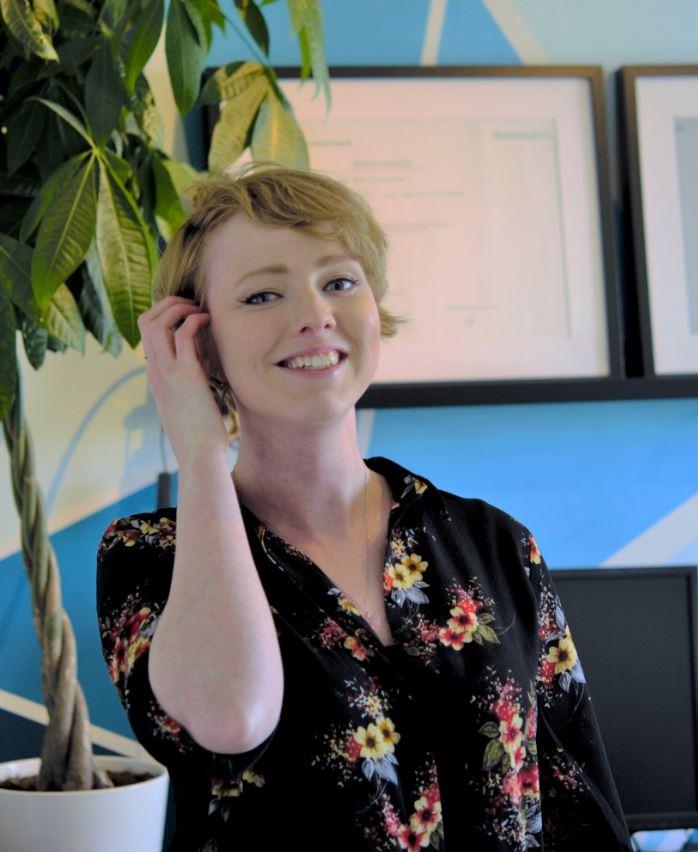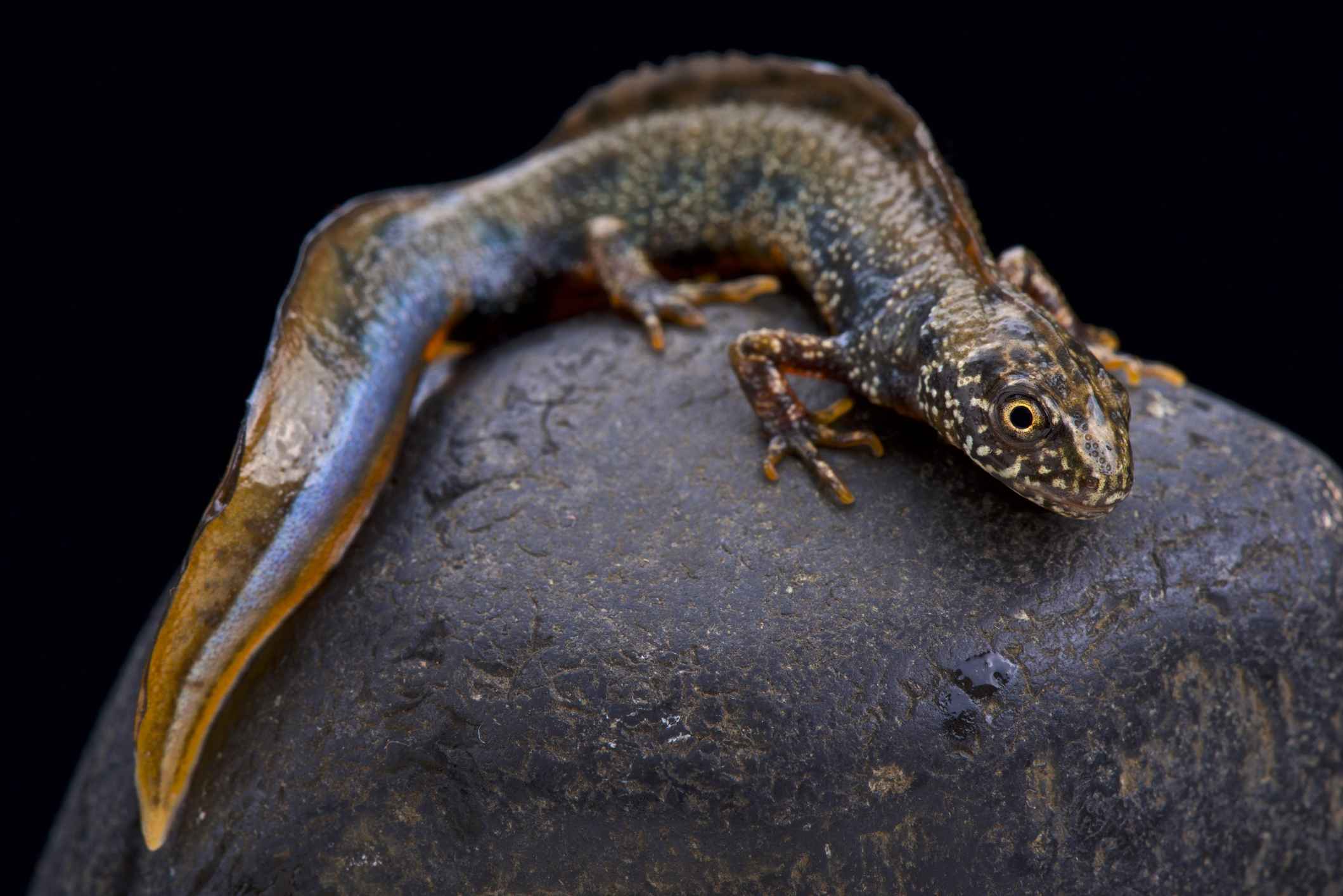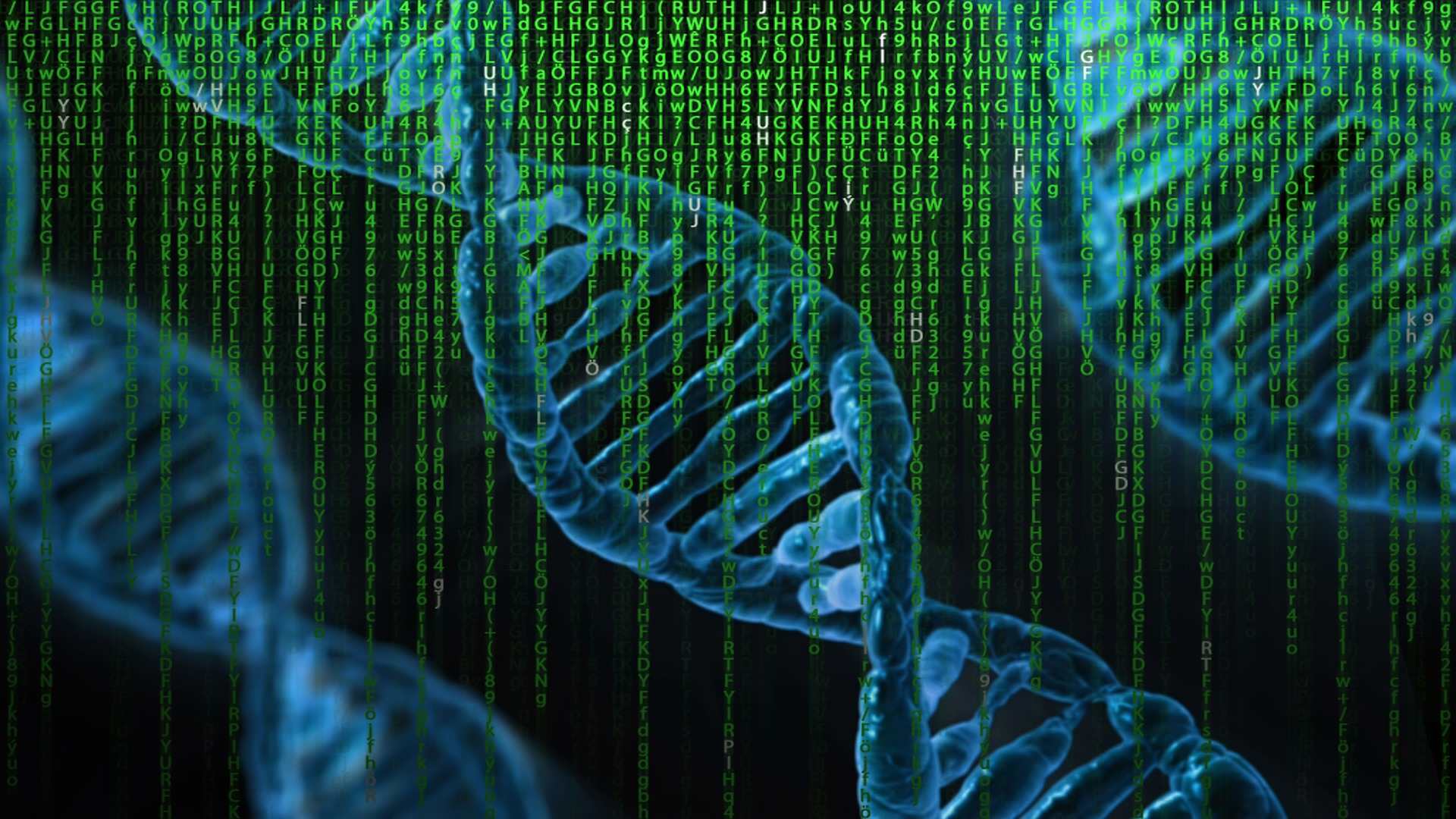
Working from home, miles away from the Naturalis museum and the University of Leiden, whilst still being able to make sure that things run smoothly within Leiden: Manon de Visser is literally working remotely. For her PhD, which started about half a year ago, she uses her laptop to directly connect to a supercomputer. Here she tells her story about how she effectively deals with the quarantine situation.
‘Being a first-year PhD, I must say that the corona-crisis has an annoying timing, but of course a disease outbreak will never come at a ‘good time’. In some way I am lucky that I just started out and that I am investigating DNA. For my project I am researching, together with my co-workers from the Wielstra lab, a weird, genetic mutation that can be found in some aquatic salamanders, also called ‘newts’. I already have some data to practice with. If you look at specific pieces of a ‘genome’ – the entire DNA code of one organism, such as an animal or plant – it is likely that you will work with a lot of files, or very large ones. For that you may need a supercomputer!’

A supercomputer is actually a group of many, strong computers combined – that are entirely streamlined and connected in such a way that they form one, powerful supercomputer. With that you can more easily manipulate data or run analyses as compared to when you would try this on your own pc or laptop at home. How big are those files actually?
‘To give you some idea: the total, genetic code of one human would be described in a million pages, maybe around 200 stacked phone books. Imagine then that the genome of salamanders is about ten times the size of that of humans. That is already a stack of two-thousand phone books! Add to that the fact that you would want to look at not one, but tens, or even hundreds, of salamanders for your research – you can do the math…’

So you look at the entire genome of all those newts?
‘No, we're not there, yet. But even if you want to select only small pieces of the DNA, you will still gather a lot of data. It's not always easy to work with that on a simple laptop. So, it's very convenient for me, during this quarantine situation, that I can easily connect to a supercomputer from my own home. Also, for example, from my balcony if the weather is nice.

The supercomputer that Manon uses is called ‘ALICE’ (not the image depicted here) and it is the newest and most powerful supercomputer that exists in Leiden. Mathematicians, physicists, and doctors are already using it – but now at least also one biologist.
‘When you tell people that you work on a supercomputer, they immediately think that you are an informatician or an IT specialist. Of course that is not what I am, I am a biologist! But I do have the basic knowledge that I need, for example, for working in a Linux environment, to make the supercomputer do what I want by using ‘computer language’. That is always done remotely – so one never works directly on such a computer. That is kind of an advantage for me during the crisis, I can re-schedule my time efficiently.’
So is this crisis not bothering Manon at all?
‘Of course it is. At some point I will have to go back to the labs of Naturalis to do experiments and collect more data. Namely, the DNA must first be isolated and studied before we can read the genetic code. That means that if I will have to work from home for a really long time, I will also notice the downsides – but for now that is not a problem. On the other hand, like many scientists, I did have other activities scheduled, such as workshops, fieldwork and conferences. Those all got canceled, unfortunately.’
Still, working behind the computer all day does not sound really exciting…
‘That's true, it is not always very exciting. But for now I can at least make sure that I use the time that I have to benefit me and my team so that later on, when we are able to do experiments again, we have saved ourselves that time. No matter how much I love being out there in the field and the lab, I know that I feel just as much ‘at home’ behind a desk – maybe even more than some scientists. It has always been like that for me.’
Would you like to know more about what Manon de Visser is working on? See her profile page.